Following the passage of the thirteen laws commonly known as The Stanley Plan in September 1956 — which were designed to continue racial segregation in spite of the Brown v. Board of Education decision declaring such policies unconstitutional — African Americans in Virginia, and around the South, continued to fight to desegregate local schools.

Virginia Governor Thomas B. Stanley. Painting by Charles J. Fox. Source: Library of Virginia
The Equal Justice Initiative (EJI) notes that in August 1956, Governor Stanley vowed to close Virginia schools rather than desegregate them. “If we accept admission of one Negro child into a white school, it’s all over . . . we will have given up,” he said.
Under the Stanley Plan, the governor could “close and withdraw funding from any school that tried to integrate. Nine schools were soon closed in Warren County, Charlottesville, and Norfolk,” according to EJI.
In Norfolk, where schools had been closed for months rather than desegregate, 17 African-American students entered six previously all-white middle and high schools in protest on February 2, 1959. Out of thousands of Black students who had applied to these schools, these 17 had succeeded in passing all the testing and interviews that were then required. According to an article at the Old Dominion University Libraries, the Norfolk 17
. . . were spat upon, called names, had things thrown at them, were tripped, and one girl was stabbed. They experienced physical and emotional abuse, while the local and national press reported that there was no violence as expected. . . . In fact, the abuse didn’t stop after the first day — it continued for months and years.

The Norfolk 17 outside First Baptist Church on Bute Street in Norfolk, Virginia: Source: ODU Libraries Online Exhibitions
The Norfolk 17 continued going to school each day, facing relentless repression yet determined to desegregate their schools. After graduation, many of the Norfolk 17 earned PhDs and wrote books, and all of them continued to keep their legacy of defiance alive.
The Norfolk 17 included Louis Cousins, Olivia Driver, LaVera Forbes, Patricia Godbolt, Alvarez Fredrick, Andrew Heidelberg, Delores Johnson, Edward Jordan, Lolita Portis, Betty Jean Reed, Johnnie Rouse, Geraldine Talley, James Turner Jr., Patricia Turner, Carol Wellington, Claudia Wellington, and Reginald Young.
In the end, EJI reports,
While aspects of the Stanley Plan were eventually ruled unconstitutional by state and federal courts, white Virginians were largely successful in preventing the integration of public schools in the state. Five years after the Brown ruling, fewer than 1% of Black students in Virginia attended an integrated public school. Ten years after Brown, that number had only increased to 5%.
The principles of the Stanley Plan were widely copied in other Southern states.
Describing the Stanley Plan, Jesse Hagopian writes in the lesson Freedom to Learn: The Battle Against Black Education Suppression Laws,
In September 1956, the state of Virginia enacted a series of 13 laws, collectively known as the Stanley Plan, designed to maintain racial segregation by authorizing the use of public funds to provide tuition grants and tax credits to white students attending private schools. The plan also allowed the state to close public schools that were ordered to integrate, further facilitating the shift of white students to private institutions. The public schools in Prince Edward County, Virginia were closed from 1959 to 1964. For these five years, white students in the county were able to attend private, all-white “segregation academies” that were hastily established and funded by state tuition grants and private donations. This closure was part of the broader strategy of “massive resistance” employed by several Southern states to resist the desegregation mandates.
Additional Resources
Governor Stanley’s Address to Virginians after the Supreme Court’s Brown v. Board of Education Decision, May 17, 1954 (Library of Virginia)
Segregation: A History of Norfolk Schools (Urban Renewal Center)
Watch The Norfolk 17: Their Story, a PBS documentary below.


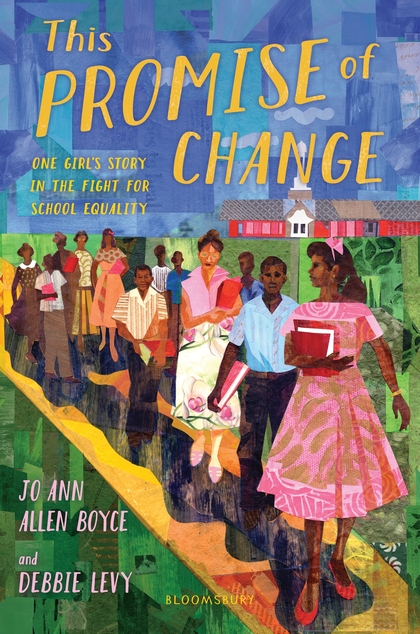
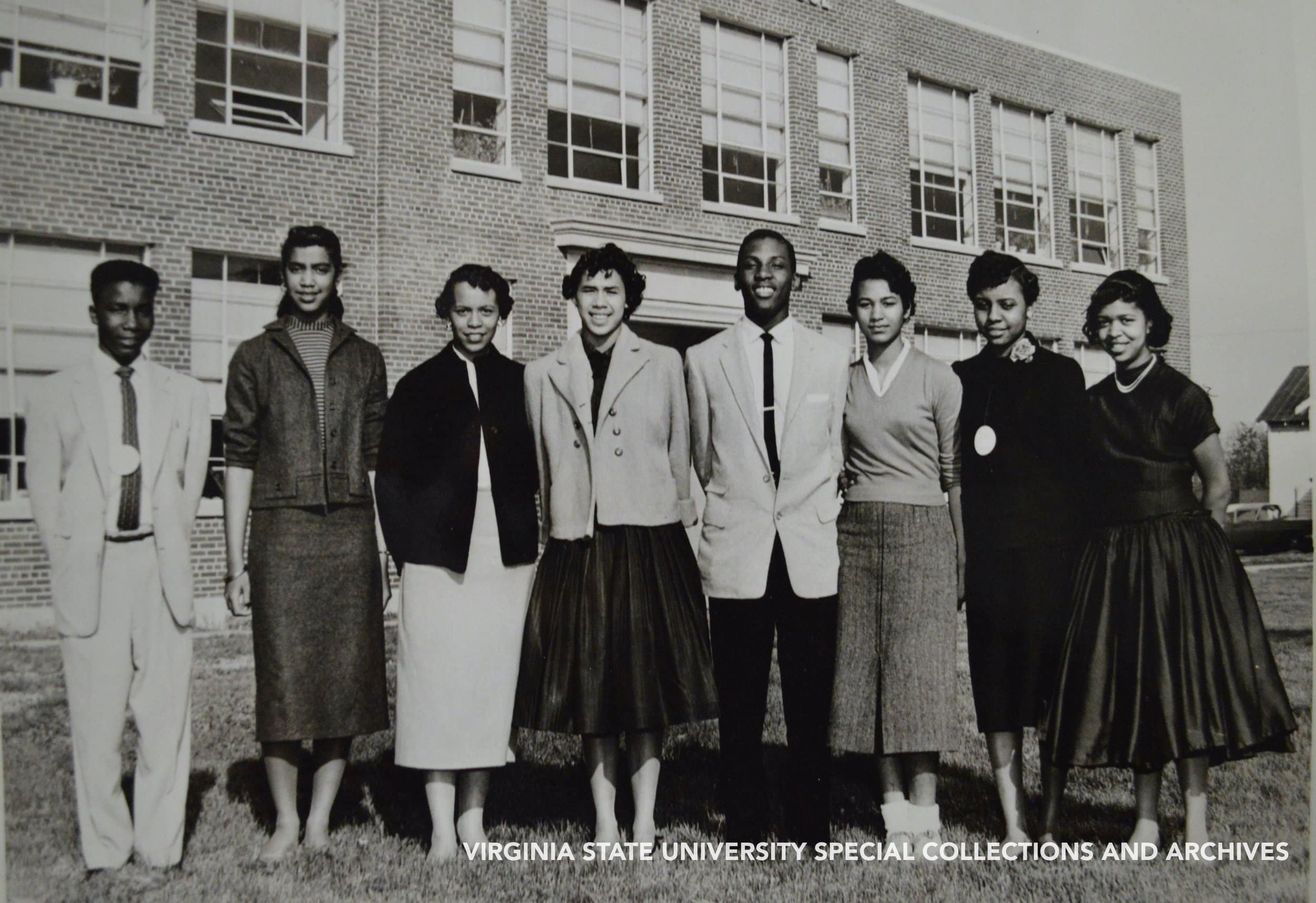
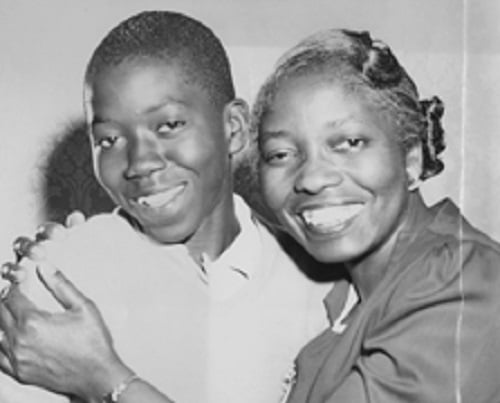
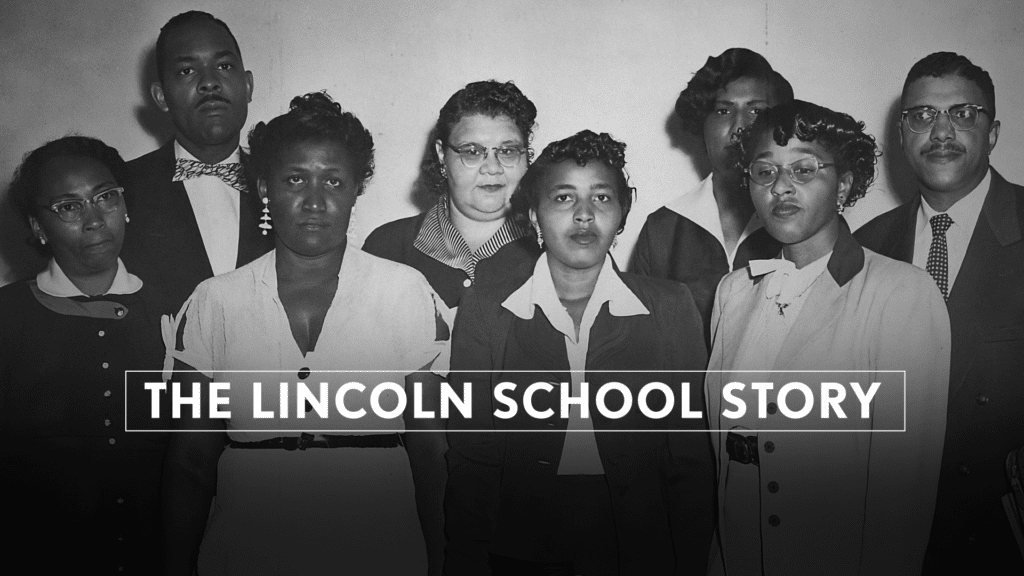
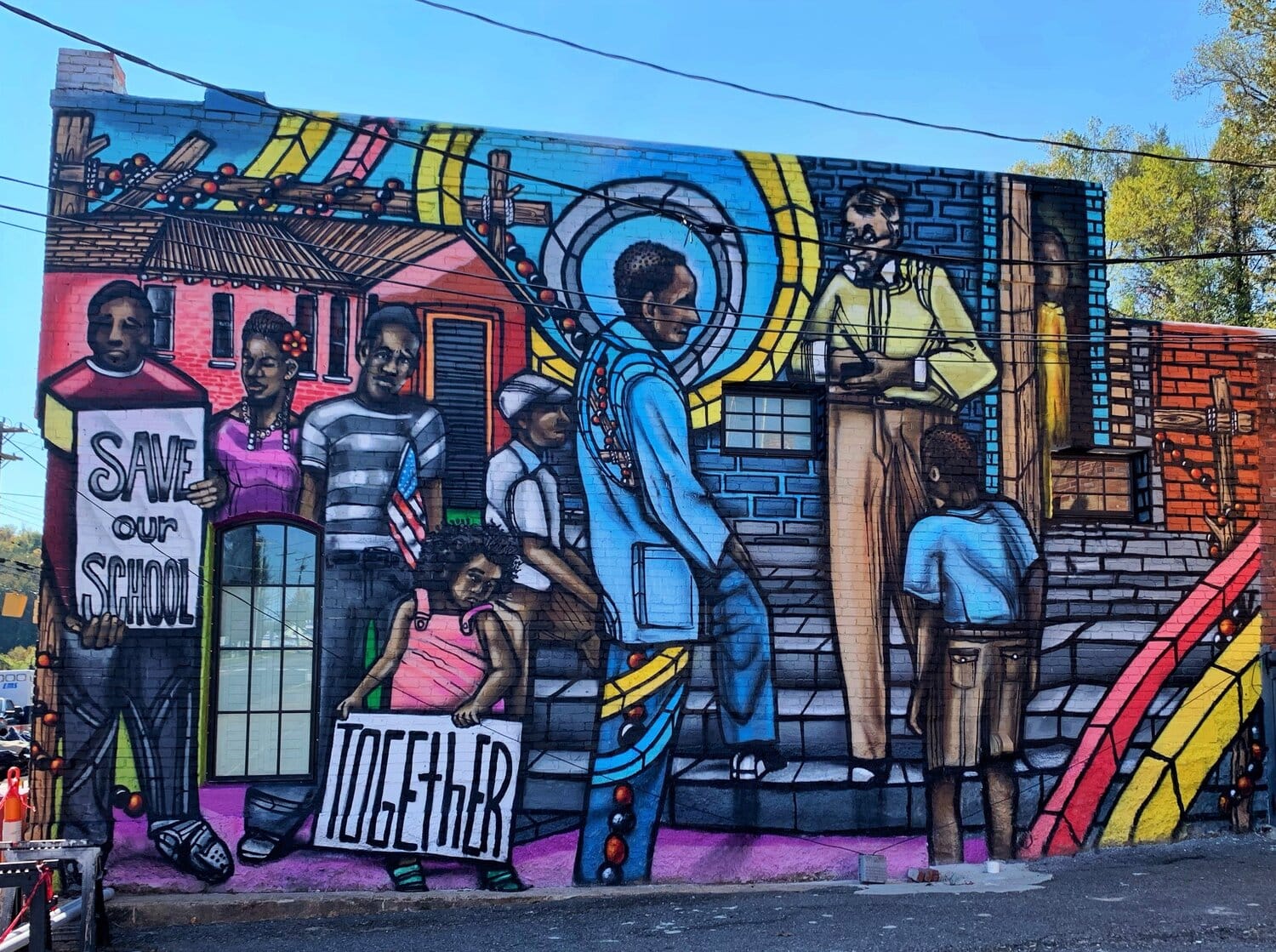

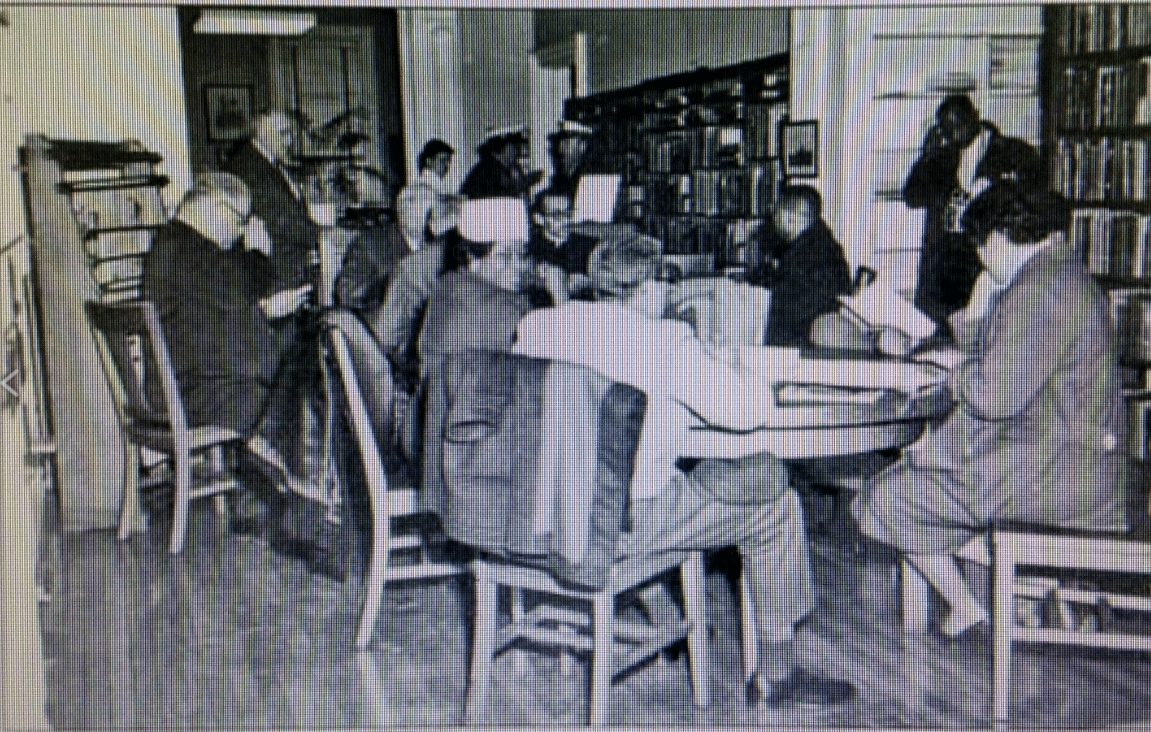





Twitter
Google plus
LinkedIn